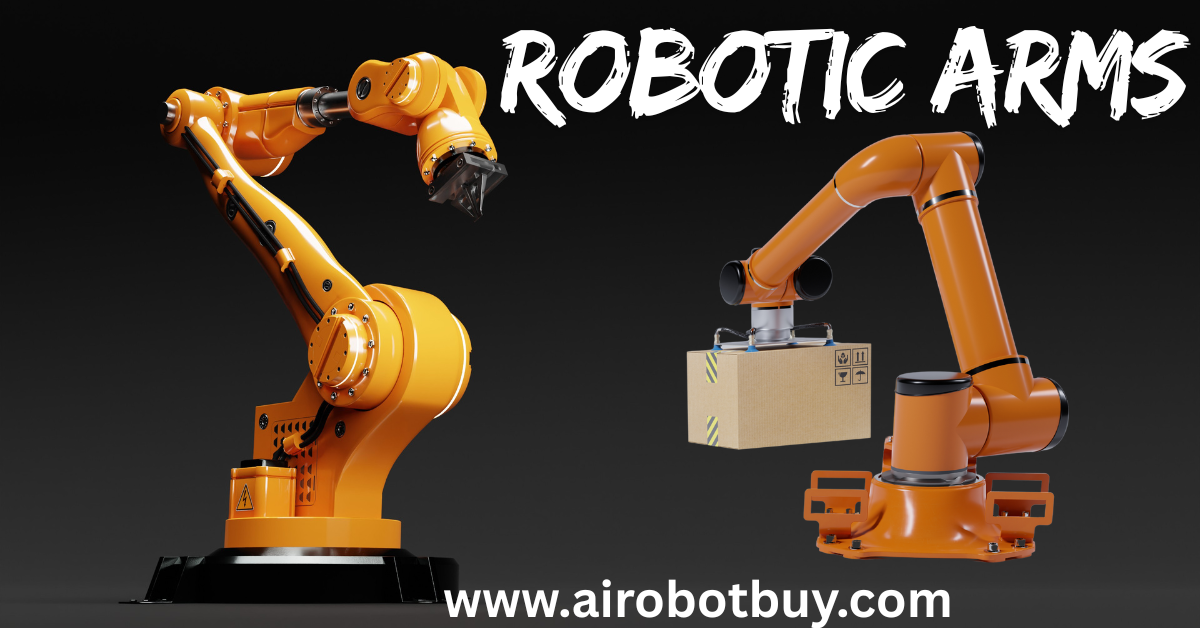In today’s fast-paced manufacturing world, precision and efficiency aren’t just nice to have—they’re non-negotiable. As industries face growing demand for tighter tolerances, faster turnaround times, and higher-quality output, robotic arms have stepped in as a transformative force. These advanced machines are no longer just a novelty of automotive assembly lines; they are now central to the evolution of precision manufacturing across a wide range of sectors.
Robotic arms are designed to mimic the movement of a human arm but with far greater speed, strength, and accuracy. Equipped with sensors, actuators, and programmable controls, these machines perform repetitive tasks with zero fatigue and minimal error. In environments where even a fraction of a millimeter matters—such as aerospace, medical devices, and electronics—robotic arms provide the consistency and detail that human hands simply can’t match.
One of the key benefits of robotic arms in precision manufacturing is repeatability. A robotic arm can perform the same motion thousands of times with nearly identical results every cycle. This eliminates the inconsistencies that can come with human labor and ensures every product meets the same high standard. For example, in circuit board manufacturing, robotic arms place components with sub-millimeter accuracy, dramatically reducing defects and improving product lifespan.
Beyond accuracy, robotic arms also excel at speed. In high-volume production, saving even a few seconds per part can lead to significant gains. Robotic arms can operate 24/7, increasing throughput without the need for breaks or shift changes. When combined with artificial intelligence or machine learning, these systems can even adapt to different tasks on the fly—making them more versatile than ever before.
Safety is another compelling advantage. In precision manufacturing, tasks often involve exposure to heat, chemicals, or sharp components. Robotic arms allow companies to automate hazardous operations, reducing workplace injuries and improving overall working conditions. Human workers can then be redeployed to higher-value roles, such as programming, supervision, or quality control.
Economically, the return on investment for robotic arms has never been more compelling. With prices steadily decreasing and integration becoming easier, even small and mid-sized manufacturers can access this technology. What used to require a team of engineers and months of setup can now be achieved in weeks with off-the-shelf solutions. The result? Lower operational costs, higher margins, and greater competitiveness in global markets.
The rise of robotic arms also supports the growing trend of smart factories. In Industry 4.0 environments, robotic arms can connect with other machines, share real-time data, and respond dynamically to changes in production demand. This level of agility allows manufacturers to scale operations rapidly and customize products without sacrificing efficiency or precision.
In summary, robotic arms are not just tools—they are strategic assets in modern precision manufacturing. Their ability to deliver speed, accuracy, consistency, and safety makes them essential in today’s competitive landscape. As the technology continues to evolve, we can expect robotic arms to become even more intelligent, compact, and accessible—paving the way for smarter, faster, and more flexible manufacturing solutions worldwide.




